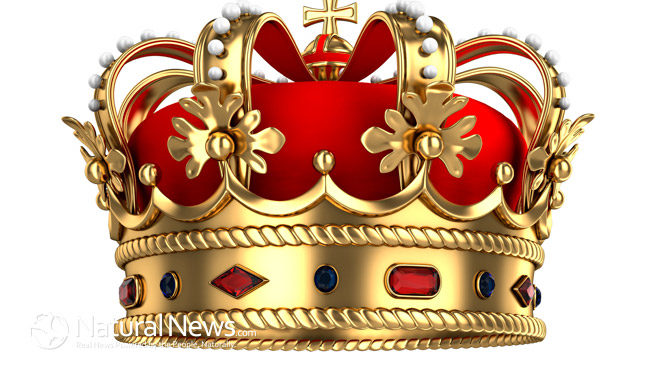Although the monarchy of the Netherlands began long ago in the 13th Century, modern Netherlands is a complicated governing state which is a blend of various governing options. It is a representative democracy and a constitutional monarchy, and it is a unitary state. The current royal family of the Netherlands began in 16th century. At this time William the Silent, the Prince of Orange rose to power as he successfully defeated the Spanish occupiers. He later helped the Netherlands become independent after the Eighty Years War. After this war, the Netherlands became an independent republic and the House of Orange continued to contribute tremendously to the political life of the Netherlands. After the French Revolution and the Napoleonic wars, a constitutional monarchy was begun. The color orange is the color of the monarchy and you will notice many people wearing orange on Queen’s Day or at national sports events.
Most recently the Netherlands had a queen. Her name was Queen Beatrix and she took the throne in 1980. Her marriage to Clause Van Almsberg was controversial because he had been a member of the Hitler Youth during World War II. Many of the Dutch citizens found this to be abhorrent because of the German occupation of the Netherlands during World War II.
Amazingly Queen Beatrix became one of the most popular royals in recent Netherlands history.
The main governmental tasks of Queen Beatrix were to sign legislation before it became law and to represent the Netherlands abroad in various functions such as attending anniversaries, groundbreaking events and exhibitions. One interesting thing about Queen Beatrix is that the Netherlands protected her from the press by disallowing any media to quote her. This policy was not passed on to her son when he became King in 2013.
Recently, in January 2013 Queen Beatrix announced that she would abdicate her throne to her son Willem-Alexander. She did not need to do this as Queen Beatrix was still healthy and capable of ruling, but she felt that it was time to pass the throne on to the next generation. This is another example of the Netherlands’ commitment to forward thinking. Willem Alexander is the first king to refuse to have a coronation as he feels this is out of sync with the modern age.
Want to learn more about the Netherlands and it’s cities? Visit: http://www.netherlands-tourism.com/





